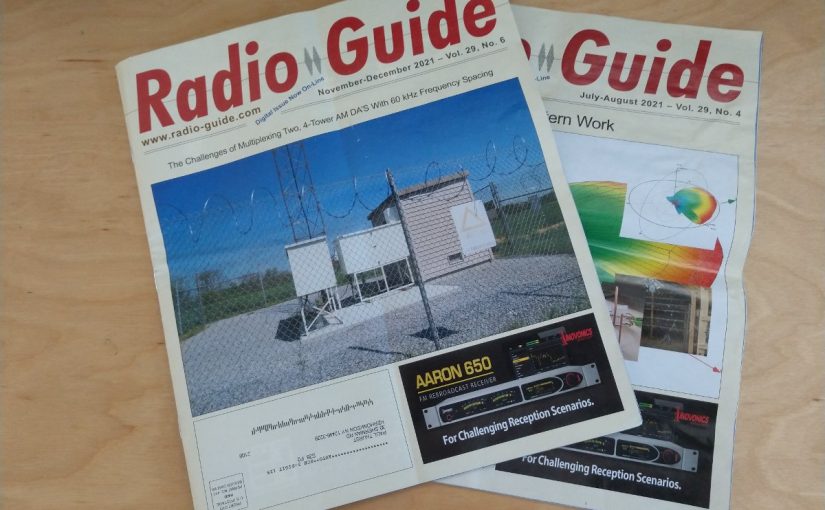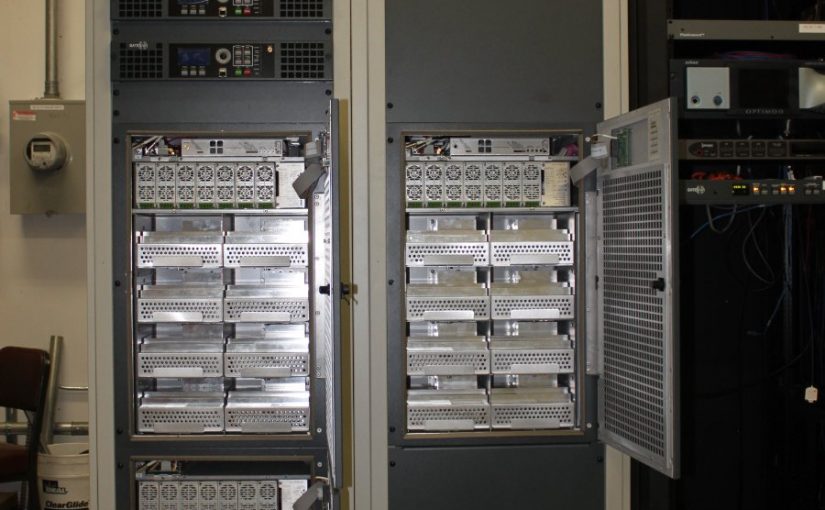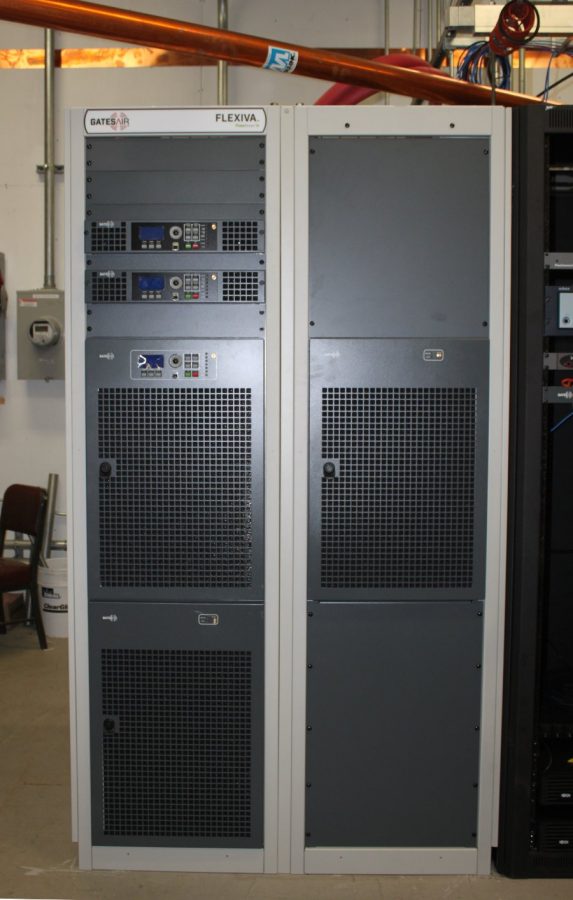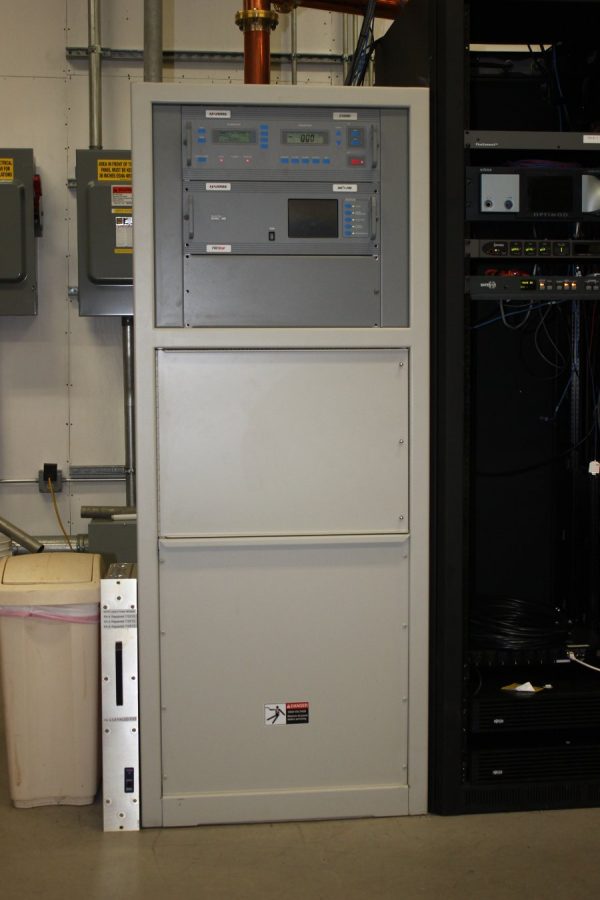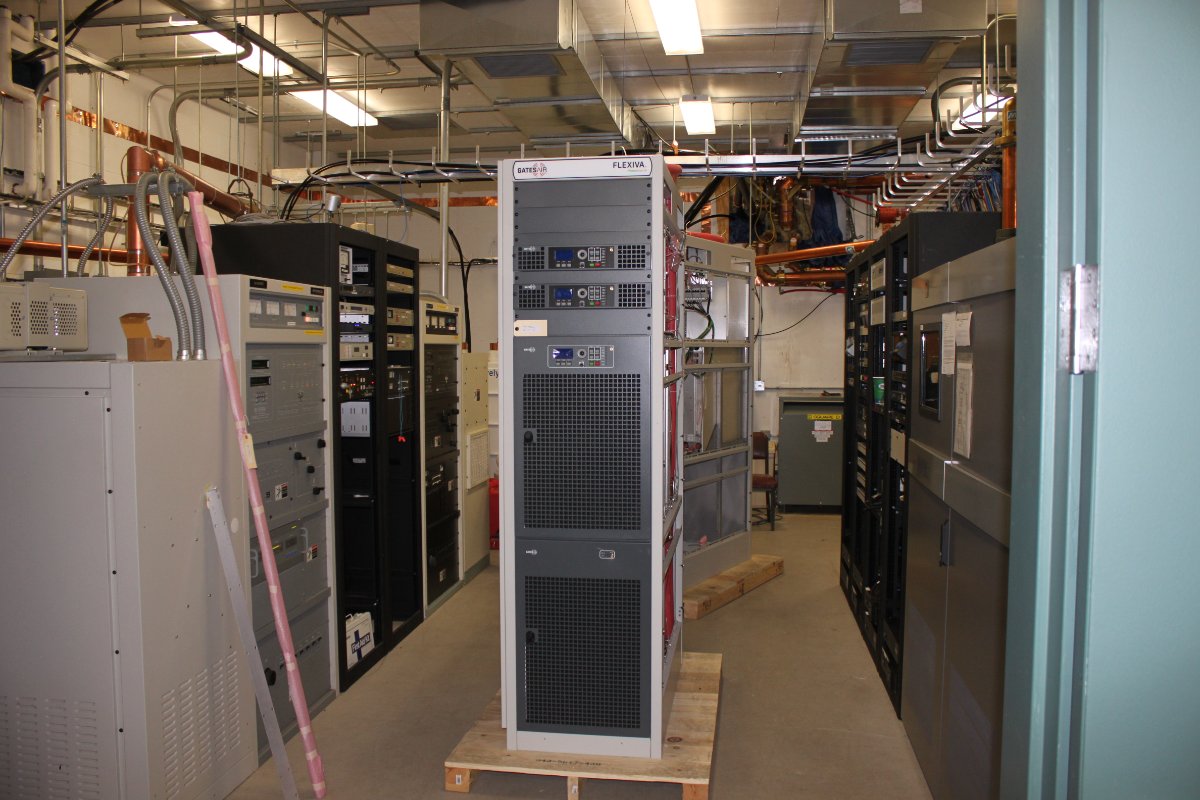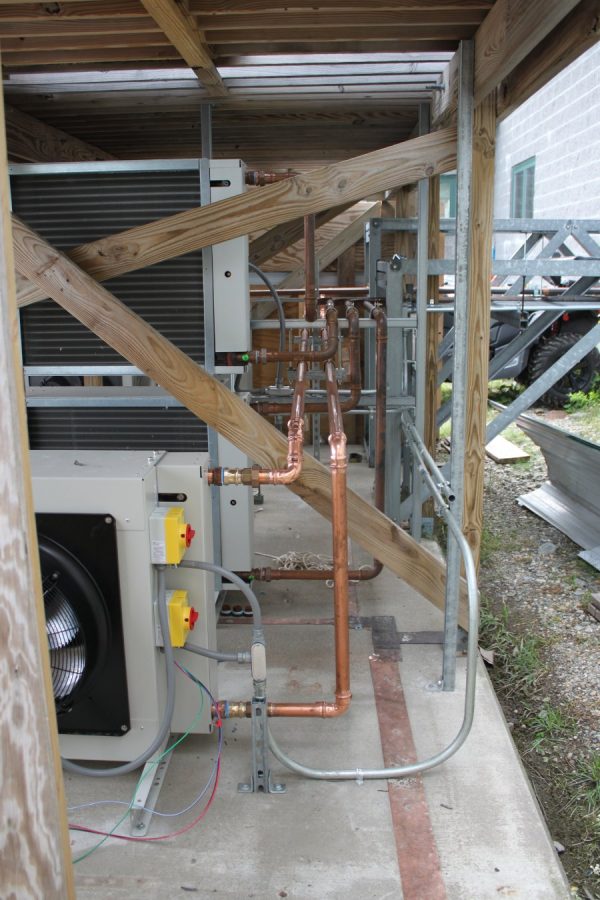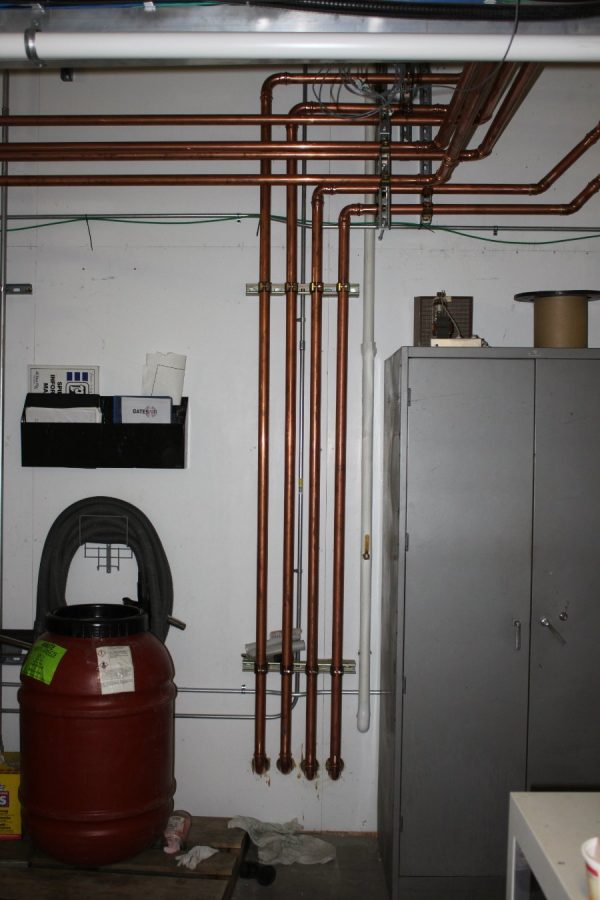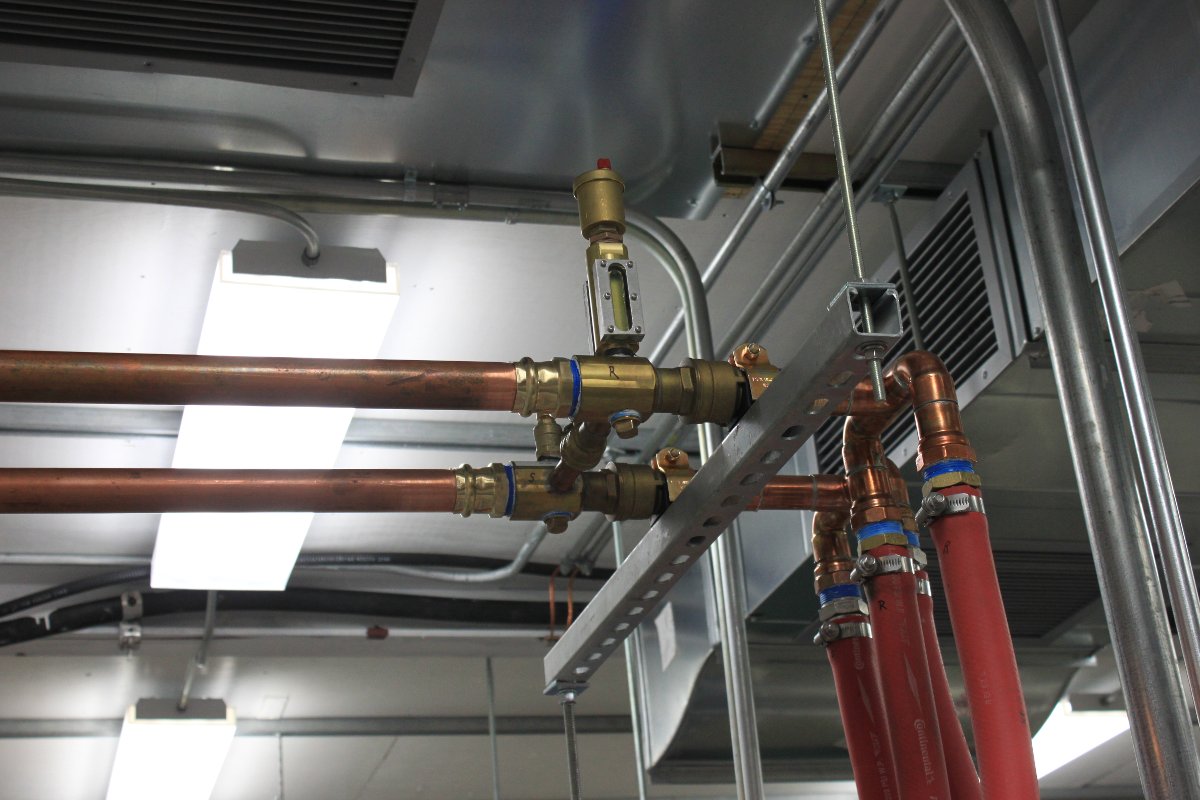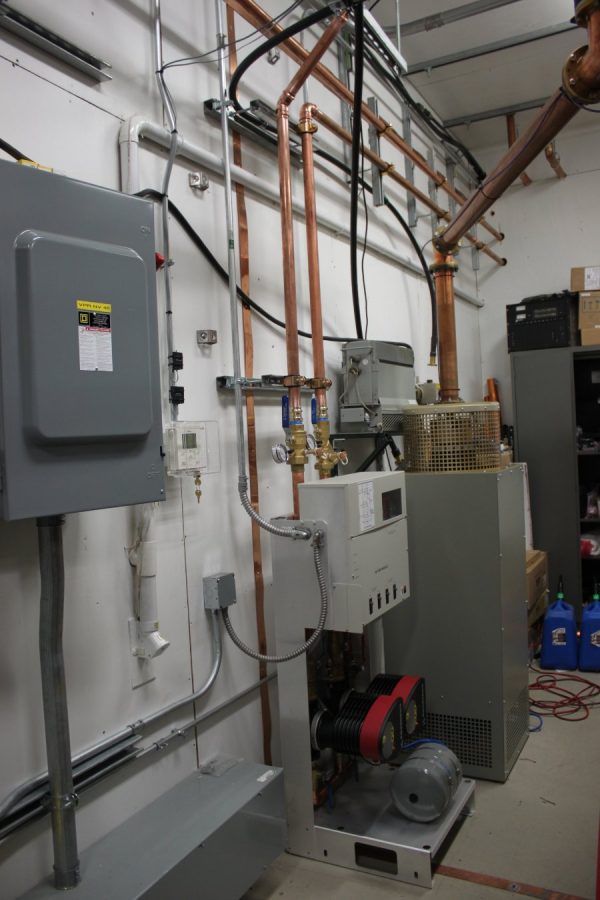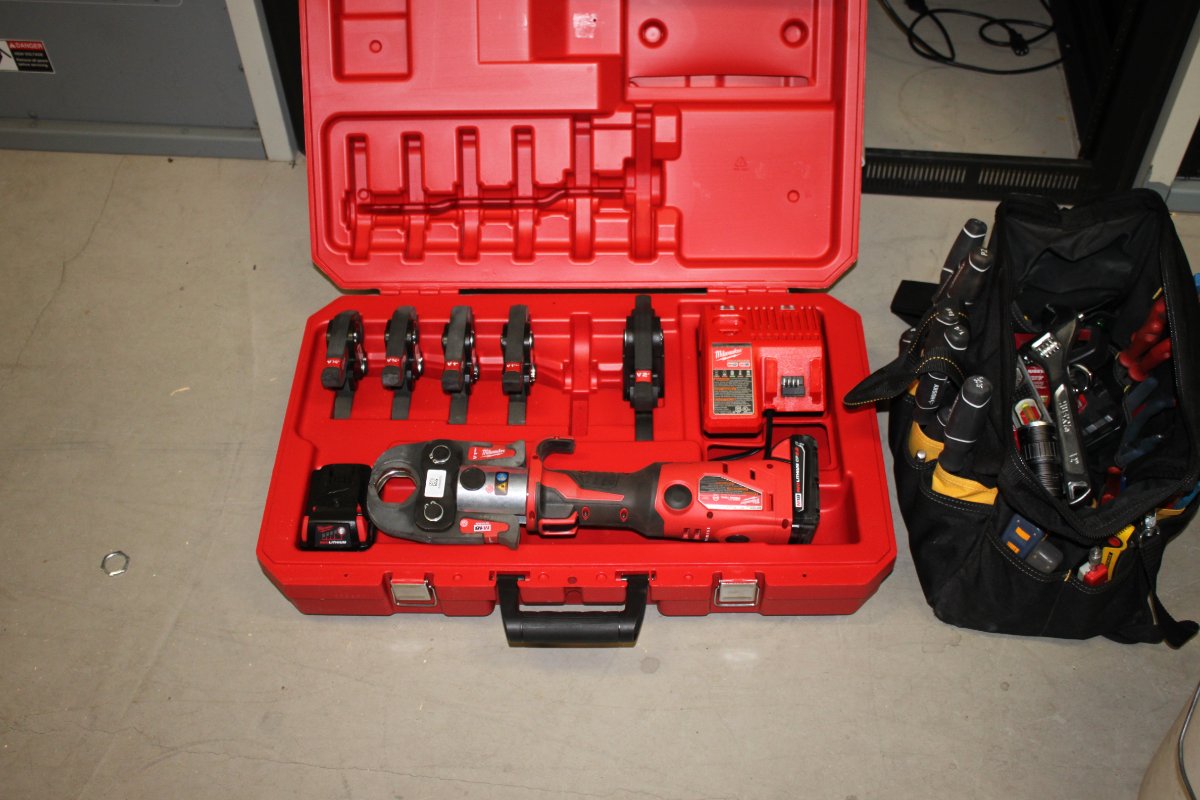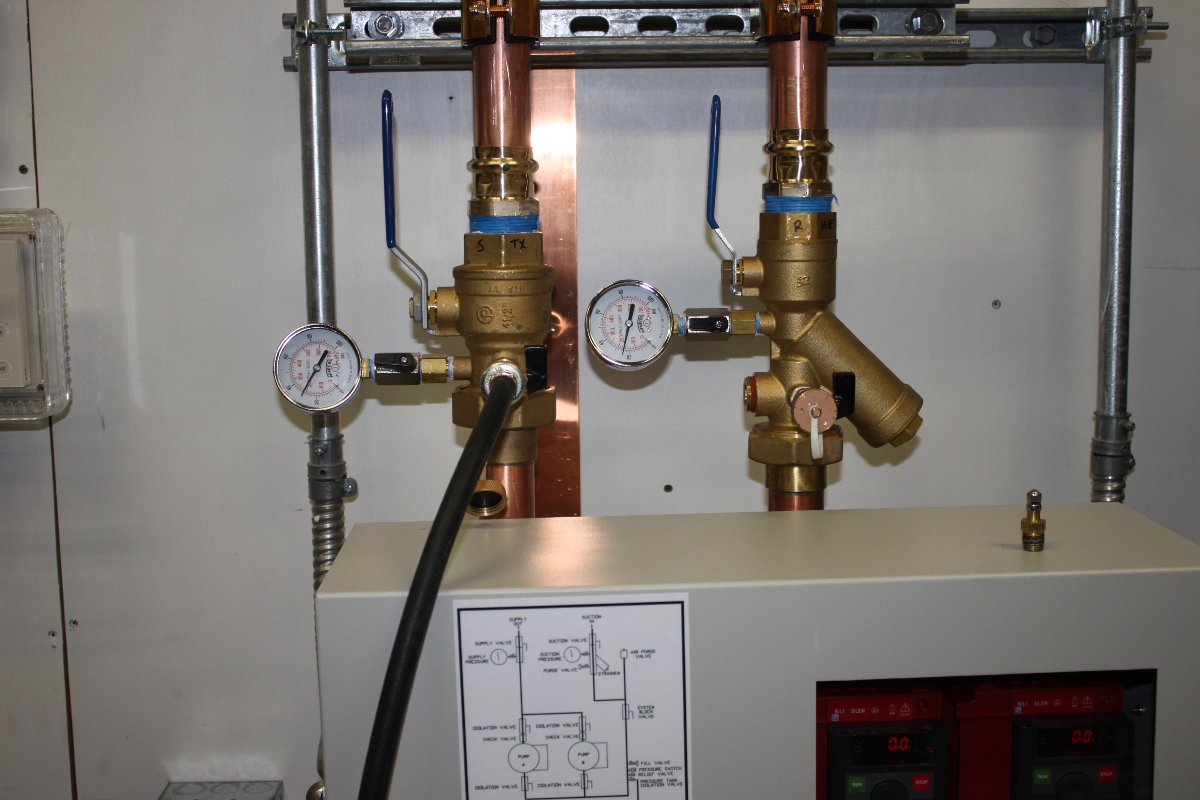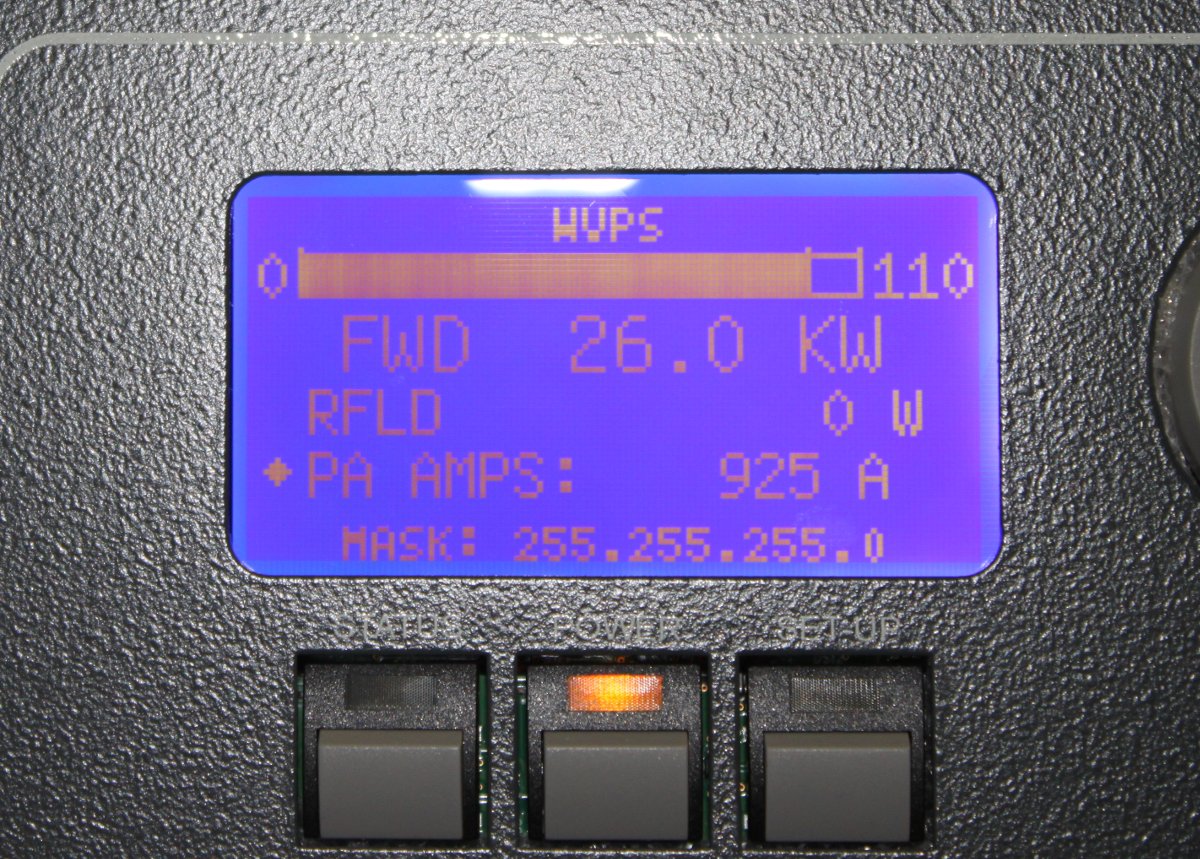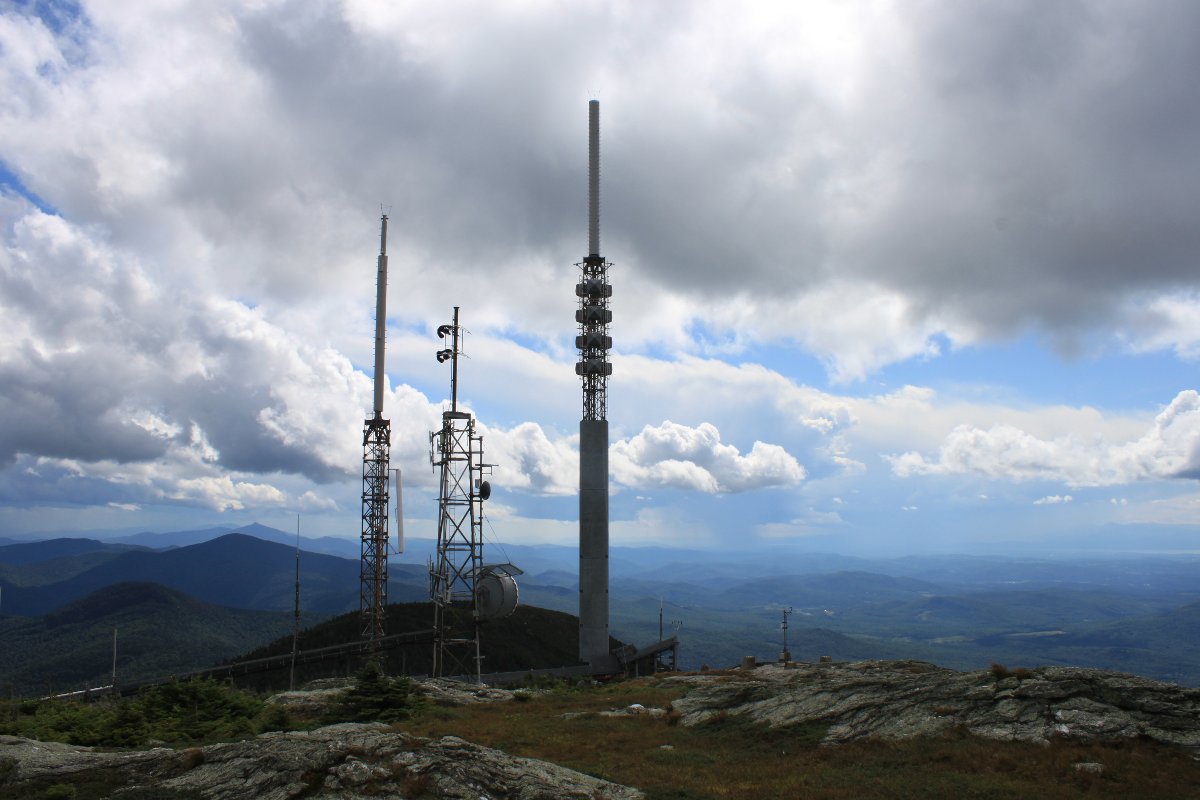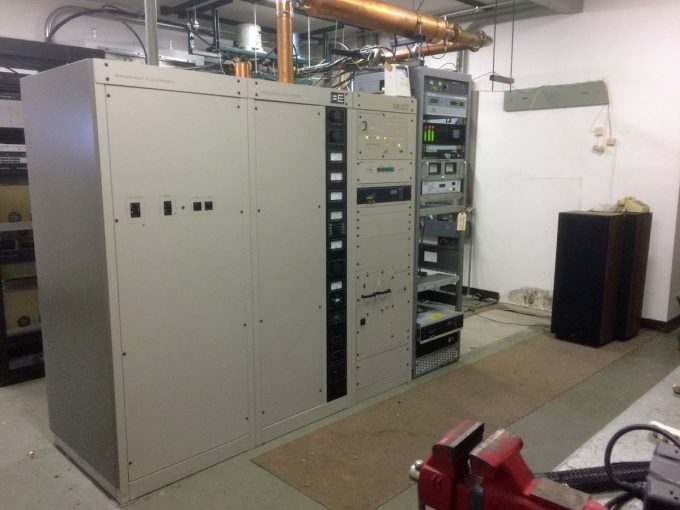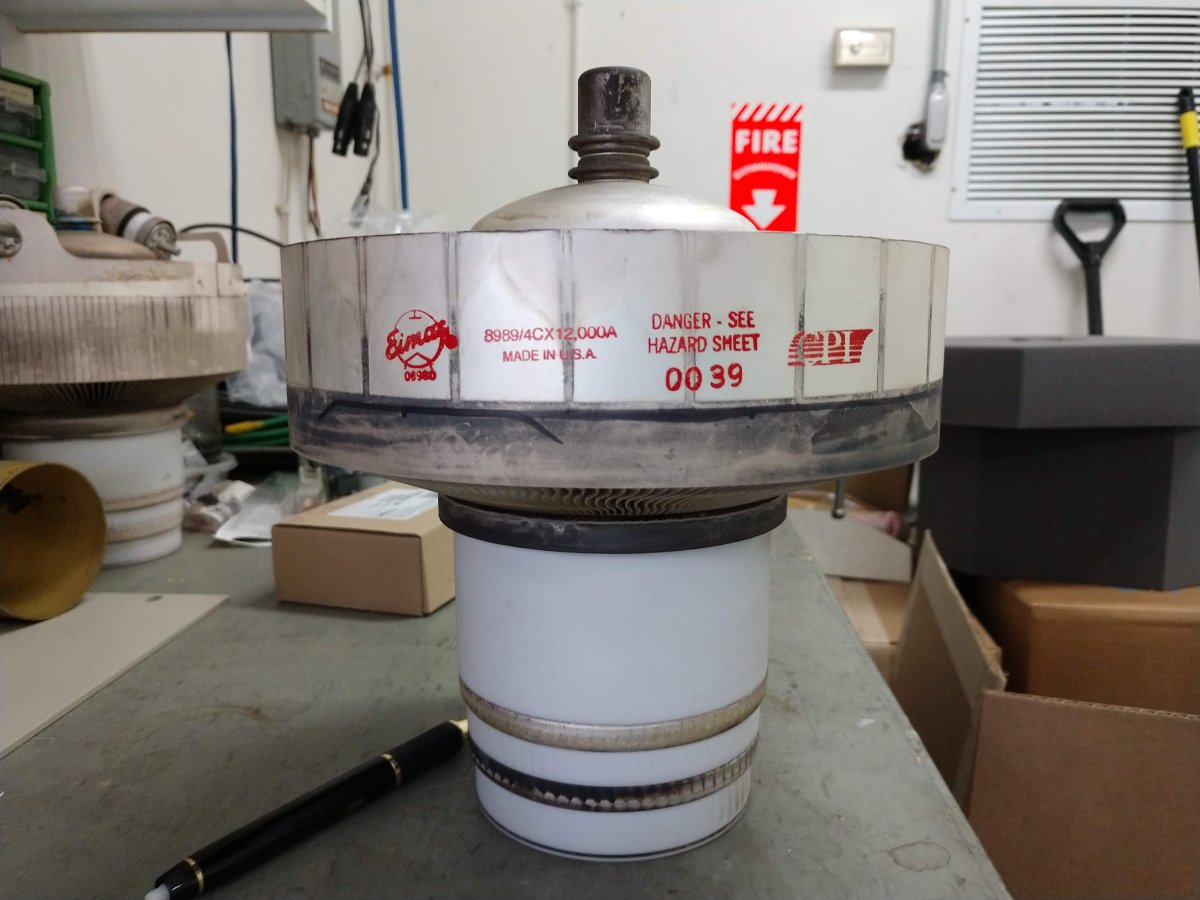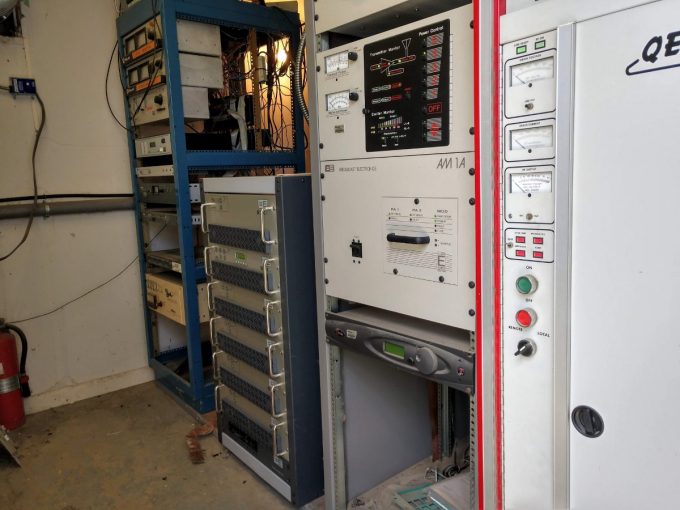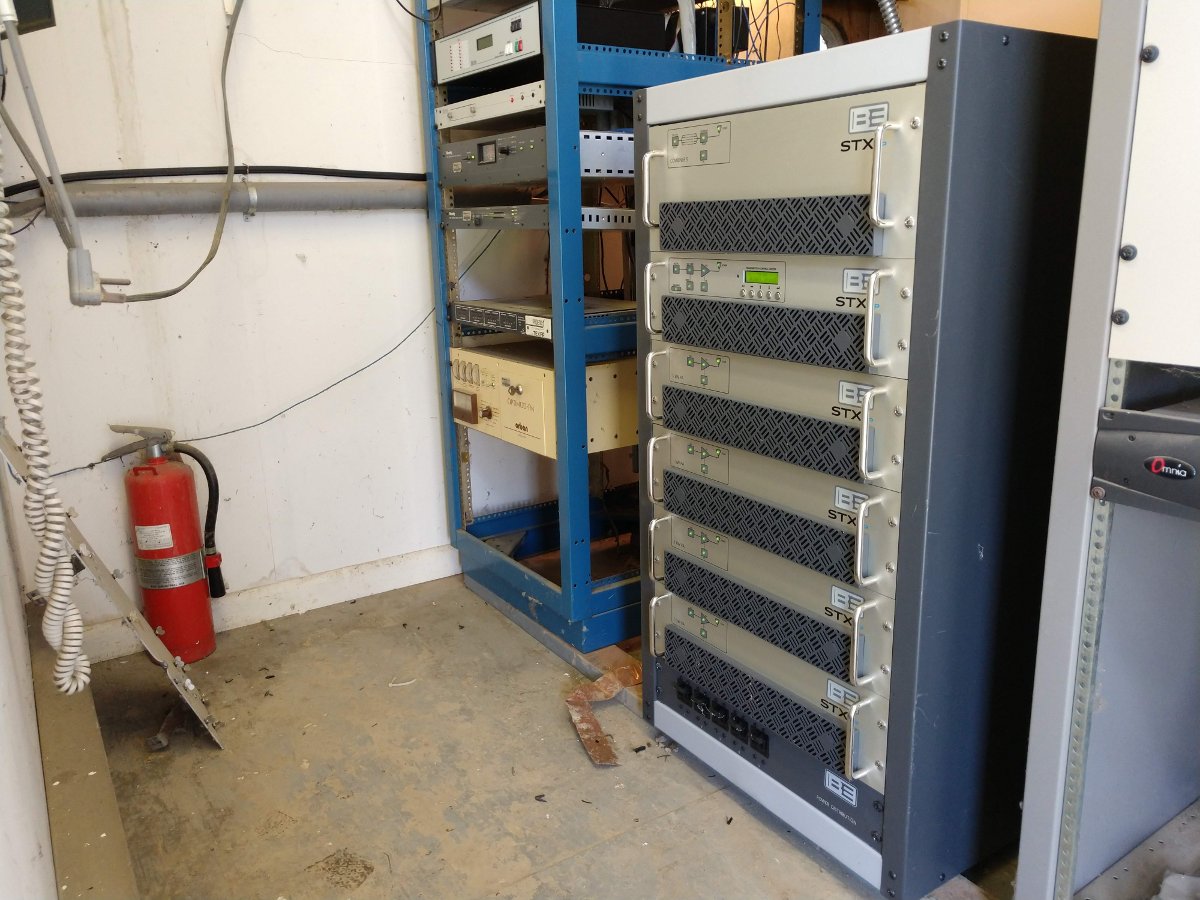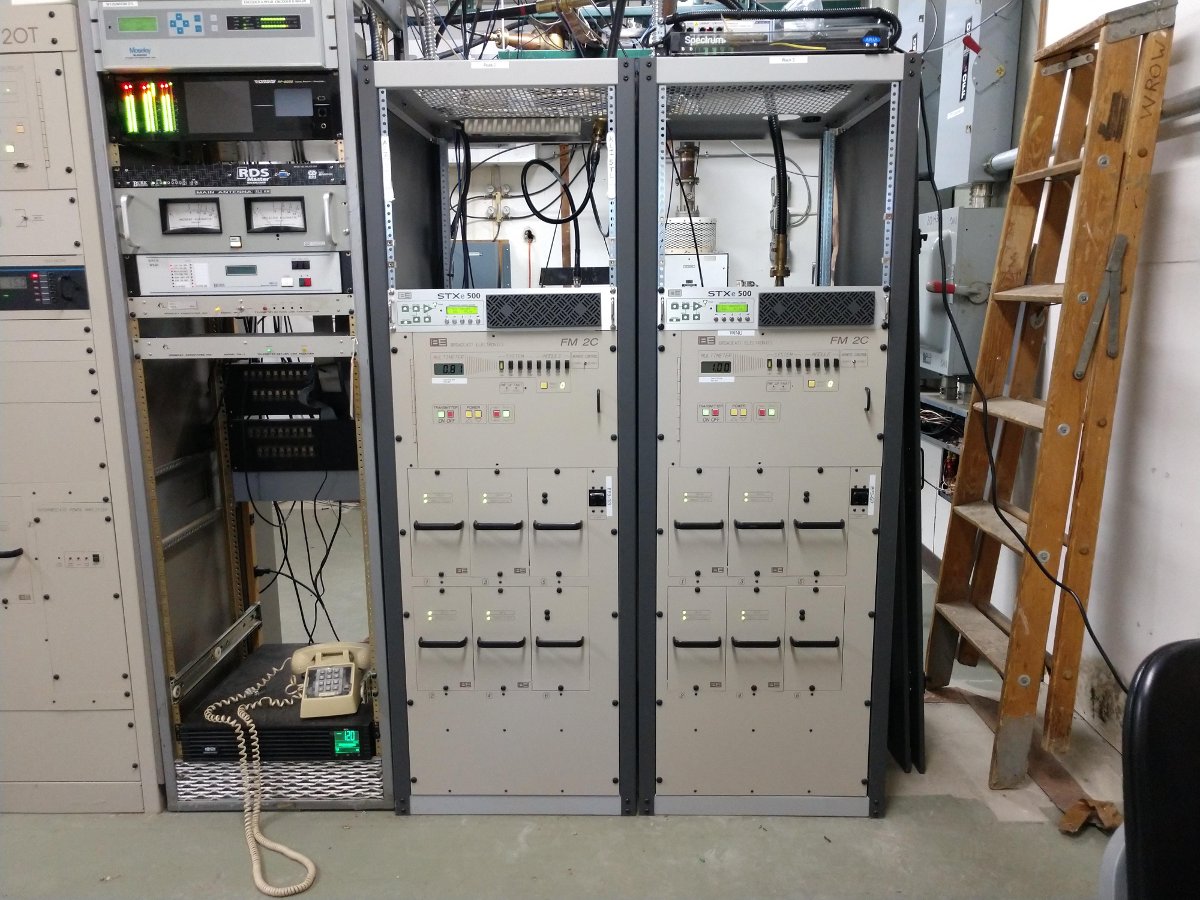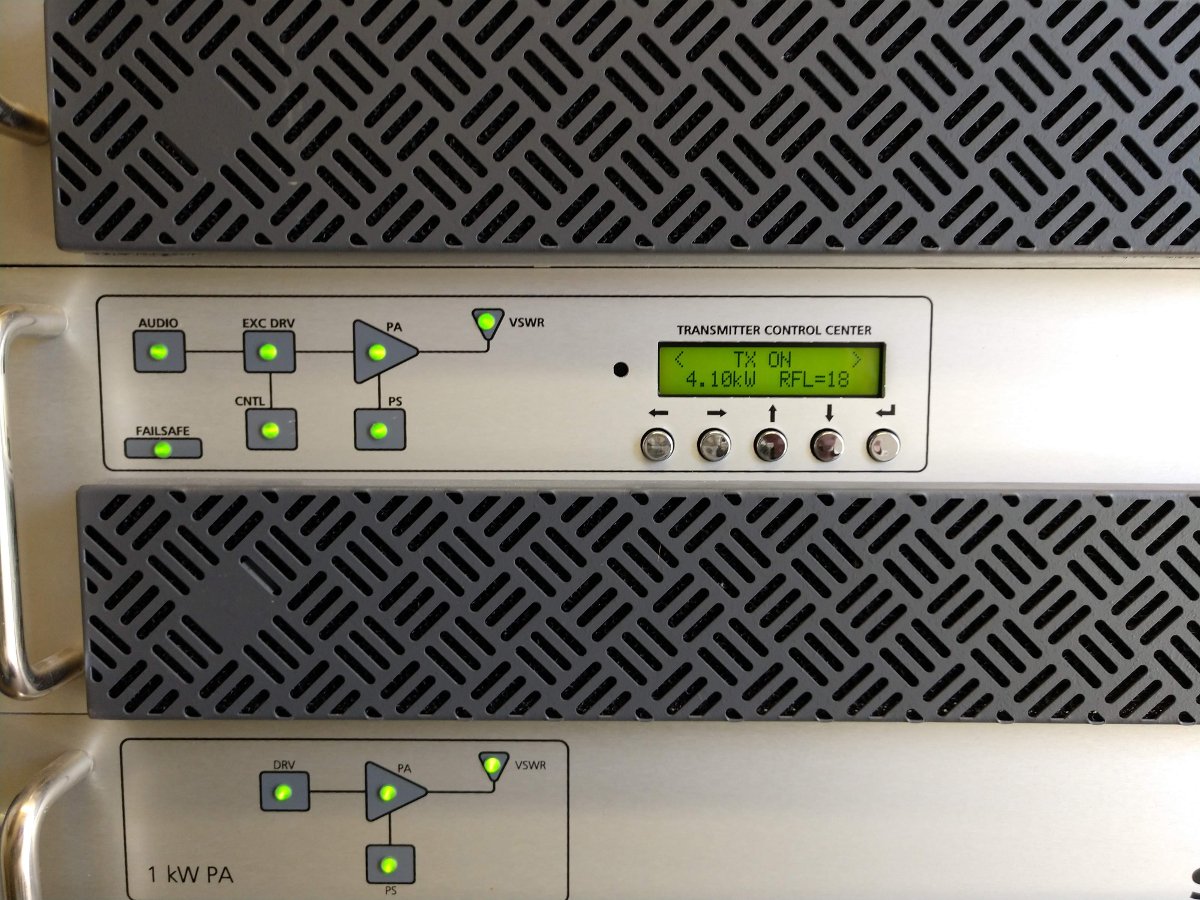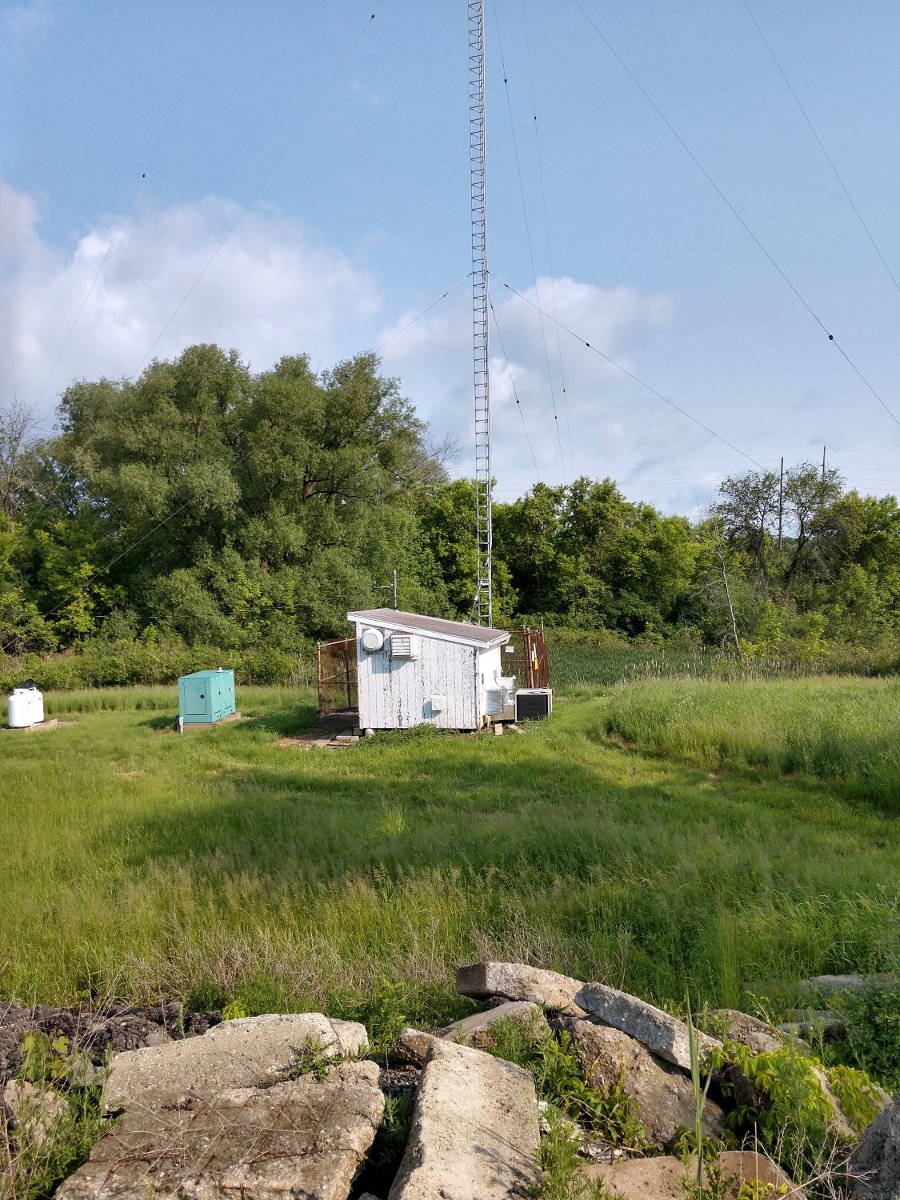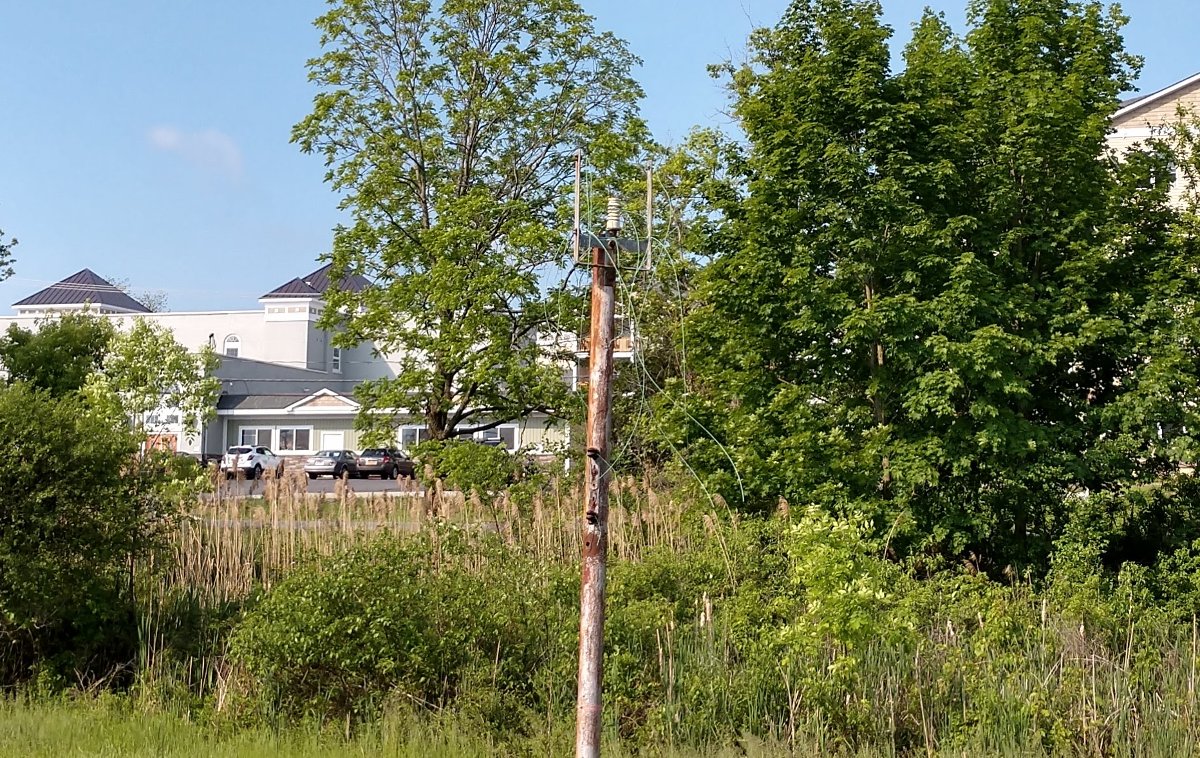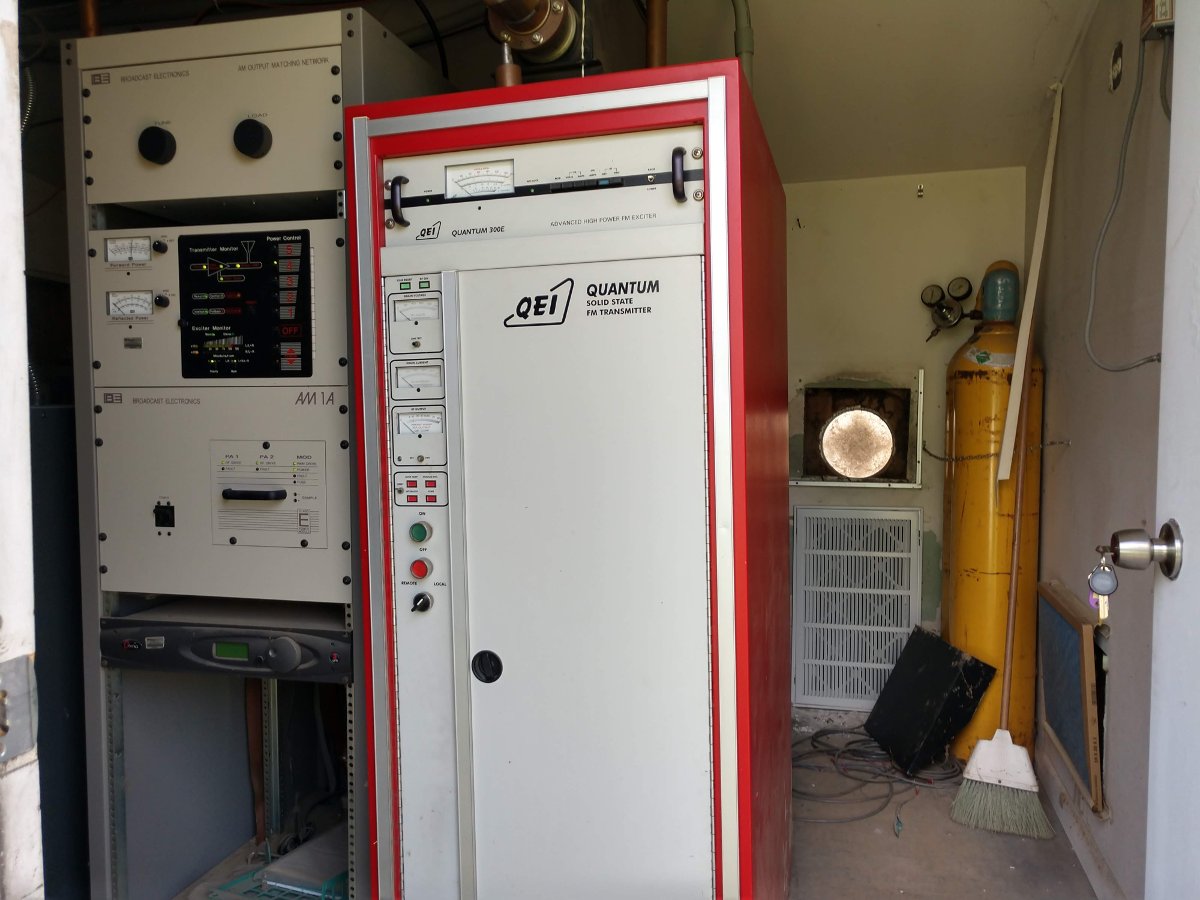As some of you may have noticed, recently I have been writing some articles for Radio Guide. There are several good reasons for this, but the most important one is education. I believe that terrestrial radio will be around for a few more years. As others have noted, there are fewer and fewer broadcast engineers. Those that understand high-power RF and all its intricacies are fewer still. It is important that a cadre of knowledgeable broadcast engineers carry on.
The internet is a great thing. However, it depends on cables of some type to exist. As we know, cables can be damaged. In addition to cables, there are routers, core switches, servers, and so on. All of that equipment can fail for various reasons. People have been working hard to improve the resiliency of the internet. That is a good cause, to be sure. However small it may be, there is still a chance that the internet can fail. Worse still, this can happen during some type of natural disaster or other emergency. Thus, during such an emergency, Radio can and will function as a vital information source provided that the station is on the air and has a program feed. That is also a good reason to keep the current RF STL paths in place as much as possible.
The Radio Guide articles are a great way to pass along some of that hard-earned experience to others. I also want to put supplemental information here for those interested to download. Things like charts, forms, pictures, videos, etc.
What I am planning on is to list the articles here, then put links to any supplemental information provided below that subheading.

